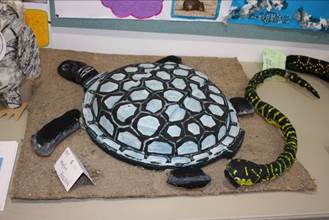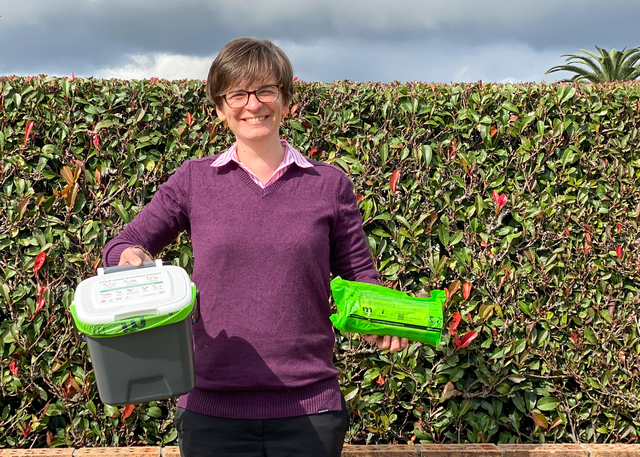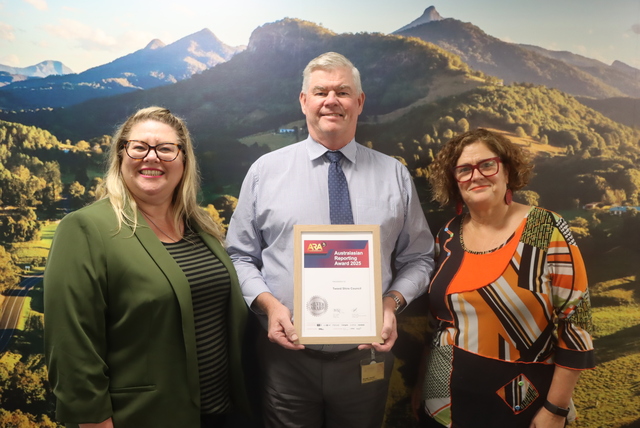Shoalhaven City Council has been working with local schools to highlight national Threatened Species Day held each year on 7 September. Threatened Species Day is a time to reflect on what has happened in the past, how we can protect our threatened species in the future and to highlight ongoing threatened species recovery work.
Shoalhaven schools were invited to join an educational competition to learn more about a species that are endangered, to create awareness and share the message of Saving Our Species. Children were asked to draw or make a project showcasing a threatened species that lives in the Shoalhaven. The creative and insightful efforts are on display in the Council foyer for the month of September.
The educational program is designed to allow children to be aware of how our activities could increase their risk of extinction and to support efforts to secure species in the wild. National Threatened Species Day is celebrated across the country to raise awareness of the plight of many species but also to highlight the amazing work that people are doing to save them.
Over the last 200 years, more than 100 animal and plant species in NSW have become extinct. In NSW, alone almost 1000 animal and plant species are at risk of extinction. Locally, there are currently 147 threatened species and 16 endangered ecological communities listed on the NSW Threatened Species Conservation Act and known to occur in the Shoalhaven.
Many species rely on habitat and food sources on private land. This means that the community who own private land that may attract local animals and plants need to think about what is in their backyard. Some facts include:
- It takes about 200 years for a tree to get a hollow – think before you remove them.
- Glossy Black Cockatoos only eat the nuts from sheoak trees.
- Rosenbergs Goannas need termite mounds to incubate their eggs.
- Rocks and leaf litter provide important shelter for native animals.
- Control foxes and weeds to improve habitat on your property.








